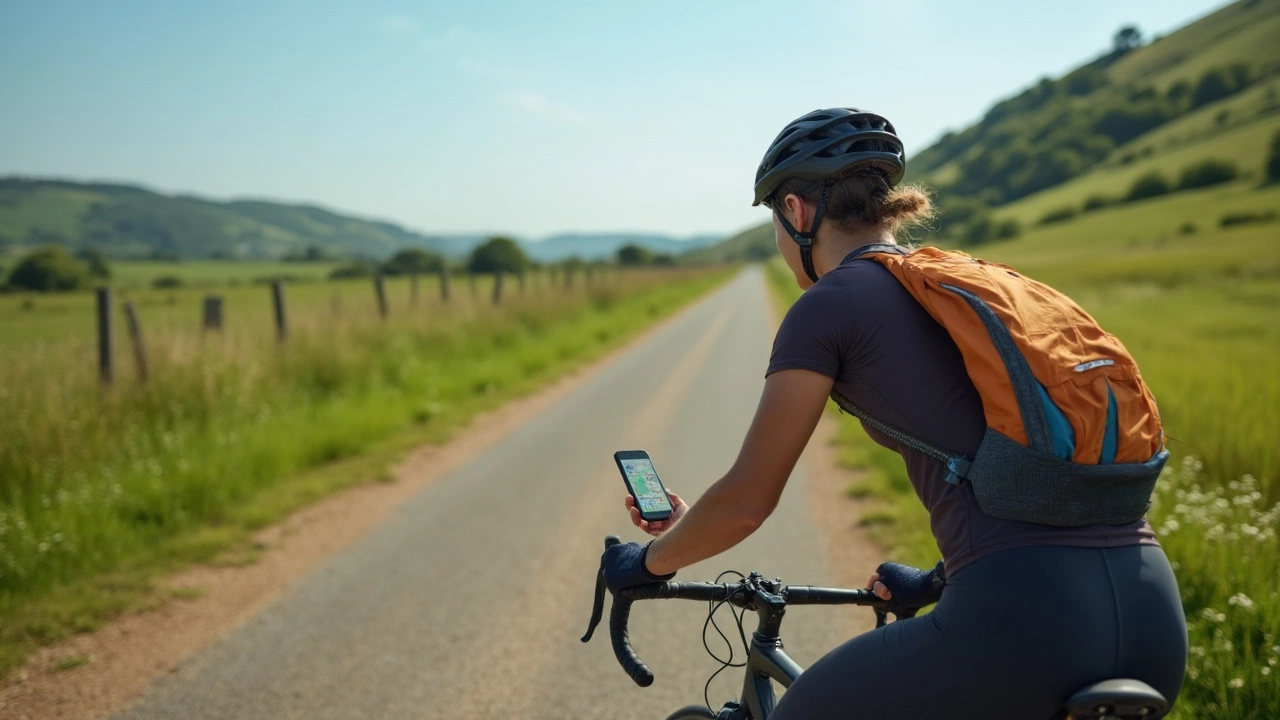
Offline Navigation Made Simple for Sports Fans
Ever tried to find a stadium or trail spot and your phone kept saying ‘no signal’? It’s frustrating, especially when you’re late for a match or a run. Luckily, you don’t need a live connection to get where you’re going. With a few quick steps you can have reliable navigation even in the middle of a crowd or deep in the woods.
Download Maps Before You Go
The first thing you should do is grab the area you’ll be in while you still have Wi‑Fi. Apps like Google Maps, MAPS.ME, and OsmAnd let you save entire city blocks, park trails, or whole regions. Just open the map, find the location, and hit the download button. Once it’s saved, the app uses the data stored on your phone to show routes, turn‑by‑turn directions, and even points of interest without asking for a signal.
For big events, check the venue’s official site. Many stadiums and race organizers upload downloadable circuit maps. Having those files ready means you won’t waste time scrolling through a blank screen when you need to find your seat or the nearest restroom.
Pick the Right App for Your Sport
If you’re a runner, Strava and Runkeeper both let you sync offline routes. Cyclists love Komoot because it highlights elevation and trail surface, which matters when you’re pedaling uphill without a GPS lock. For hikers, AllTrails stores trail maps that include difficulty ratings and user photos, so you know what to expect before you step onto the path.
All of these apps work the same way: they pull the map data from your phone’s storage and use your GPS chip to pinpoint your location. The difference lies in the extra features they offer—like heart‑rate zones for runners or elevation profiles for cyclists. Choose the one that matches the activity you’re planning.
Don’t forget about battery life. Navigation can drain your phone fast, especially if you’re using GPS continuously. Turn off background apps, lower screen brightness, and enable battery‑saving mode. If you have a power bank, keep it handy, or consider a small solar charger for longer adventures.
Sometimes the best backup is a paper map. It sounds old‑school, but a printed route can save you when your phone dies or you’re in a spot with heavy interference. Take a quick photo of the key part of the map and store it in your phone’s gallery—photos don’t need a signal to open.
With these simple steps—downloading maps ahead, picking an app that fits your sport, and protecting your battery—you’ll never be stuck waiting for a signal again. Whether you’re heading to a live football match, a marathon, or a weekend bike ride, offline navigation keeps you focused on the game, not the Wi‑Fi.
